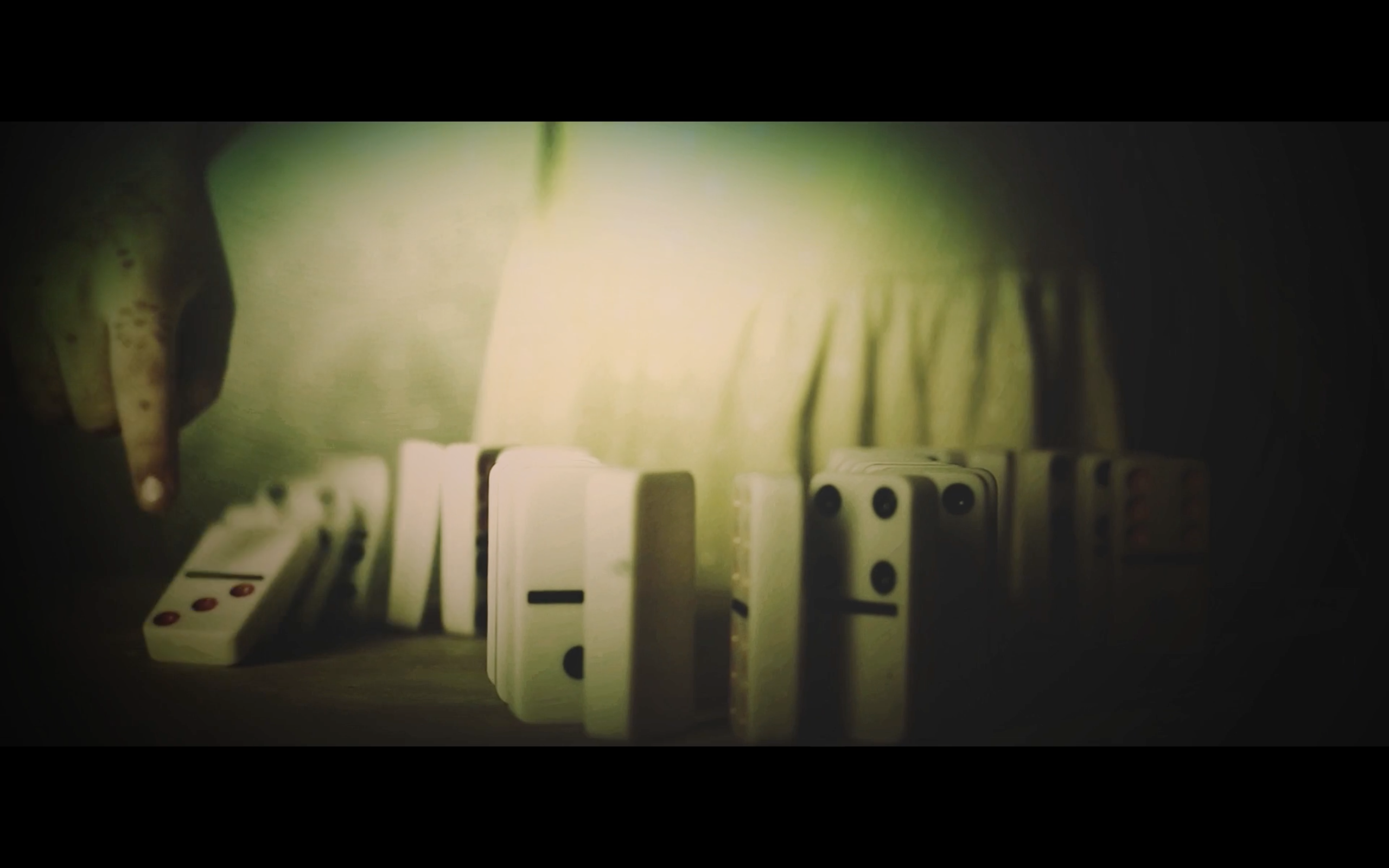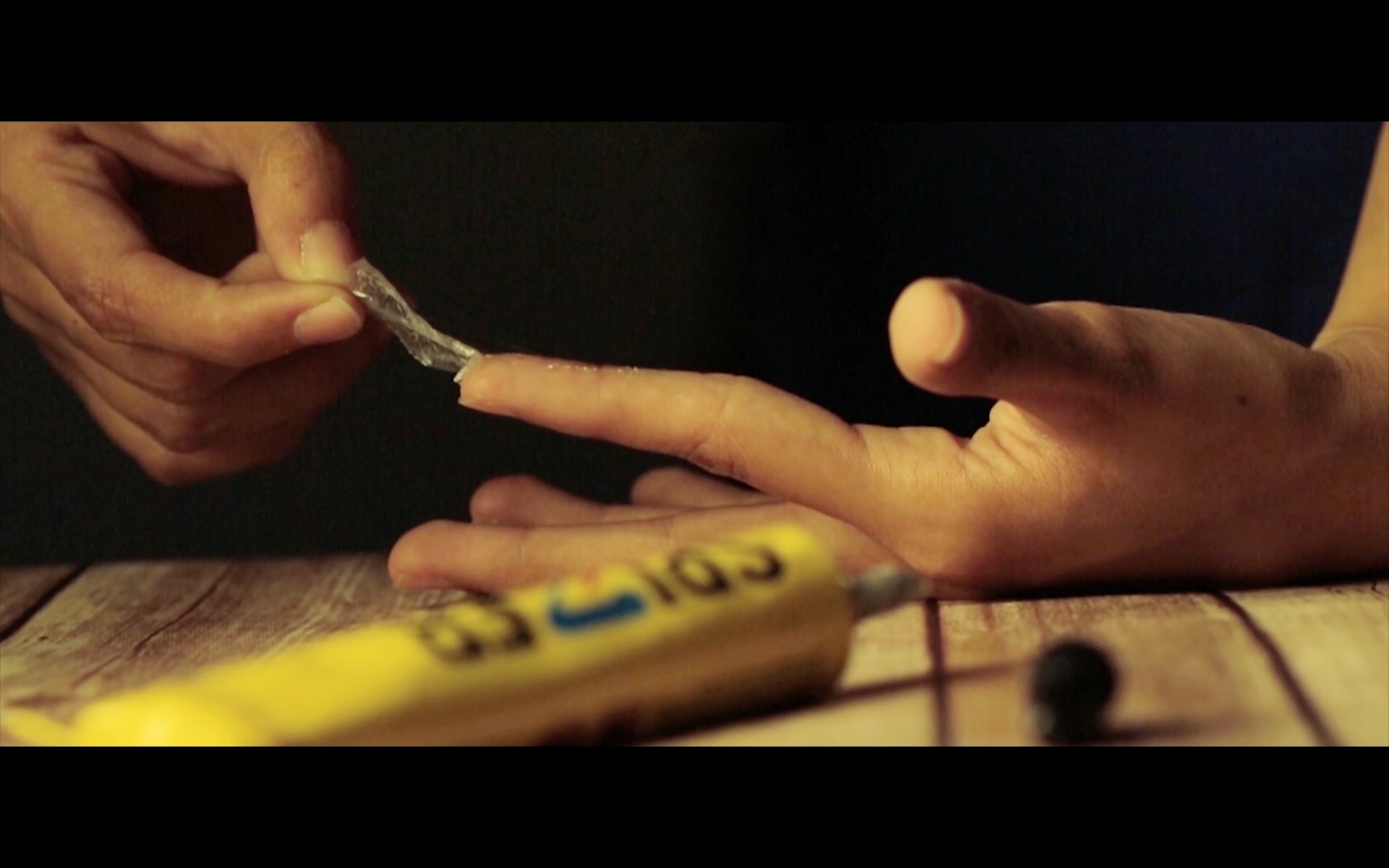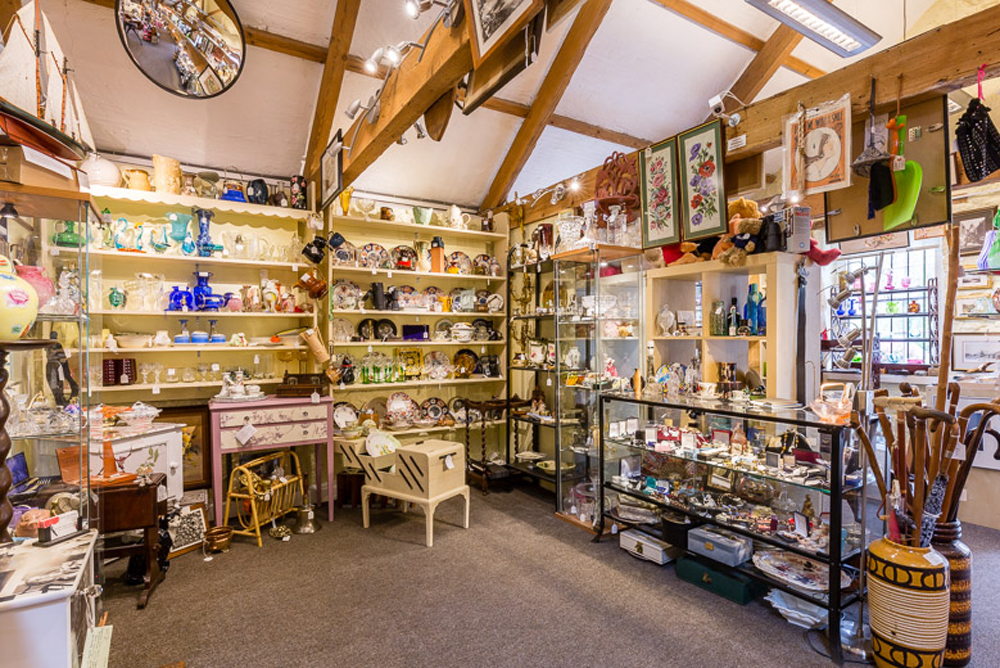Project Description and Working Title
Project Description and Overview
Emporium (working title) is an immersive interactive installation. It will take the form of a mini emporium of curios and oddities. The installation will invite visitors into a surreal shophouse space where they can discover and interact with various invented objects.
Installation Components
Although the curios on display will vary in terms of scale, use and material, they will be thematically linked by an underlying ludicrousness. These interactive devices will be impractical, humorous and seemingly ridiculous inventions. They will likely be simple and at different degrees of finish. One may be entirely analogue. The shop space will also be decorated with blueprints, drawings and sketches from the ideation and building process.
The primary focus of the installation will be a larger kinetic sculpture, similar to a Rube Goldberg machine. Its mechanism may incorporate the other smaller devices on display in the shop. As the machine will be displayed during the show, ideally, it will be able to reset itself and loop with each interaction. Given this constraint, an alternative would be to film it beforehand and screen the video as part of the installation. The scale of the project will be adjusted based on feasibility.
Technique
The devices will be programmed using either Arduino or Max.
Mood and setting
The emporium will have a modest atmosphere; a blend between a workshop and vintage collectibles store. The curated space will also reflect the process of creation and construction.
Purpose
Rooted in process, Emporium is a sequence of exercises in doing, failing and learning. It seeks to move away from a single final deliverable, instead giving equal weight to documentation, process, and final product. Furthermore, by creating and realising these devices, however rough or unfiltered the ideas may be, I hope to alter my thinking and working methods. The project will also test the possibility of conditioning one’s behaviour over a span of a year.
Artist References
Maywa Denki
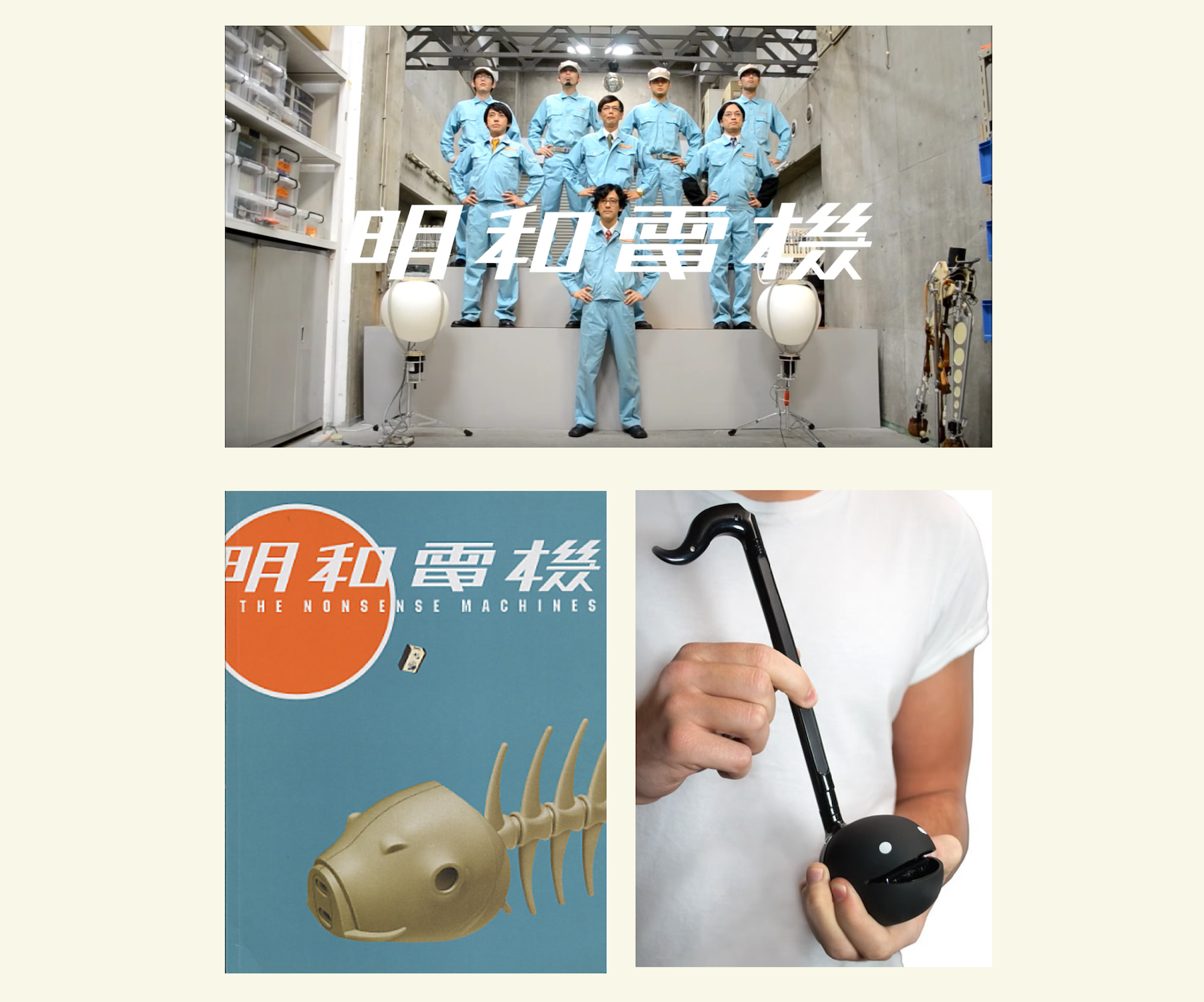
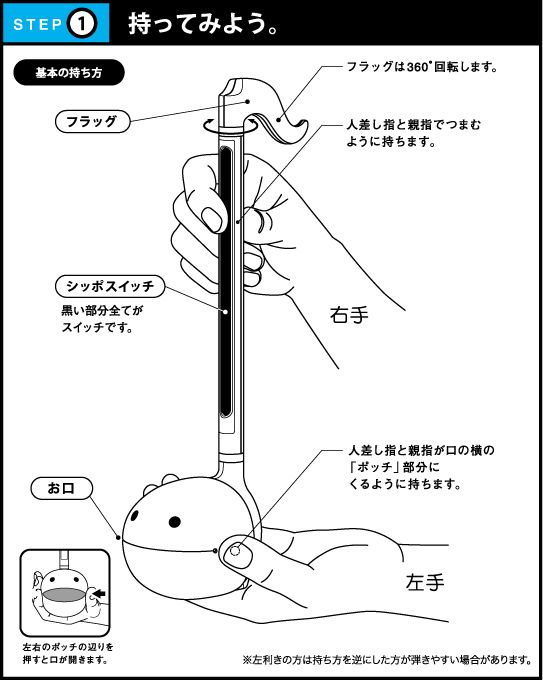
Mawya Denki’s device art is presented in a comprehensive manner, which includes product, performance and persona. They also create accompanying design collaterals such as catalogues and instructions, which enrich the context of the work and add to the illusion. Their unique way of presentation can be a useful study for the development of my project.
Joseph Herscher
Herscher specialises in making Rube Goldberg machines which aim to solve everyday problems. His work typically uses common objects and simple cause-and-effect mechanisms. It will be useful to study these simple techniques to create directed and precise movement.
Herscher’s work, like many Rube Goldberg machines, are typically documented through video. Some parts are one-time use such as a fallen weight, or poured liquid. Can some parts be replaced with electronic sensors? Can some parts be reset so it can be looped?
His work reminds me of chindogu, a concept by Japanese inventor Kenji Kawakami. The concepts are playful and genuine as they seek to solve everyday problems inventively. Although these contraptions are analogue, there’s much to be learnt in Kawakami’s way of problem-solving.
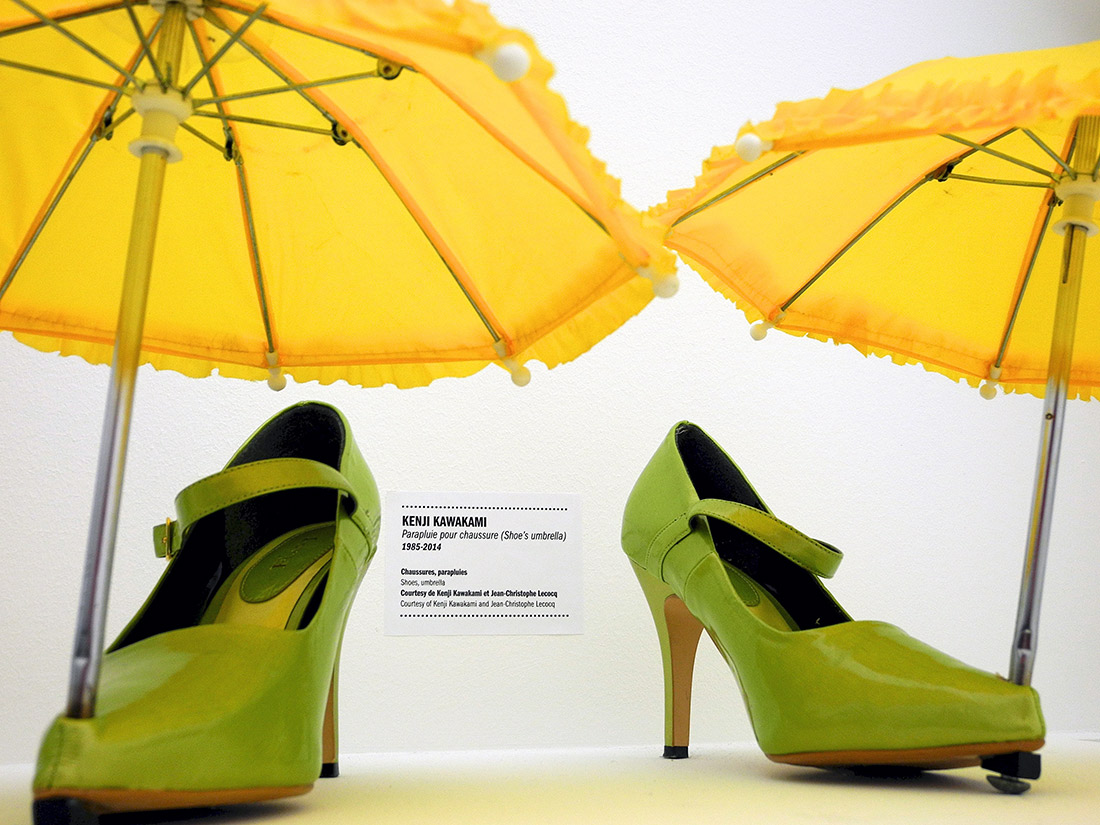
The Cornershop (2014) & Madame Roxy’s Erotic Emporium (2015) by Lucy Sparrow

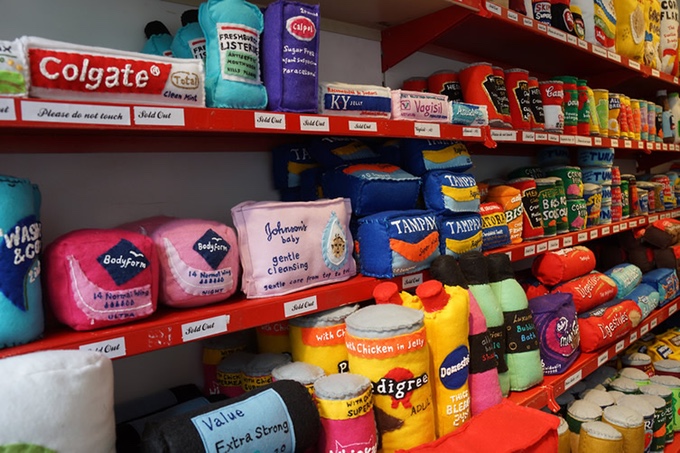

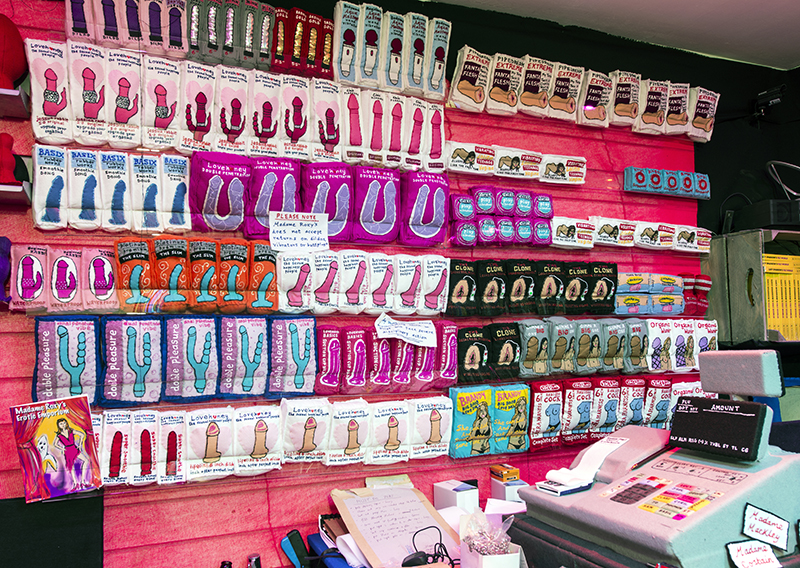

Sparrow’s interactive installations are characterised by shop spaces made entirely out of felt. She works realistically recreate objects and environments using felt, and often deal with themes such as consumer culture and contemporary lifestyle. It’s interesting to note how Sparrow uses contrast in her work (e.g. material contrast between felt and packaged food or rubber and leather sex toys).
Her works are good examples of creating thematically coherent spaces which immerse viewers into the illusion. Sparrow keenly observes actual spaces of a convenience store and sex shop and expertly replicates the minute details, moods and atmosphere in her felt environments. This is done through recreating objects, decoration, lighting, signage, and even persona (she often dresses the part and acts as the shop clerk).
This attention to detail and creating a relatable atmosphere will be important in my installation when setting up shop. I will have to decide on a mood and atmosphere, observe the styles and layouts of actual emporiums, and emulate this through lighting and detail.
Gantt Chart & Project Timeline
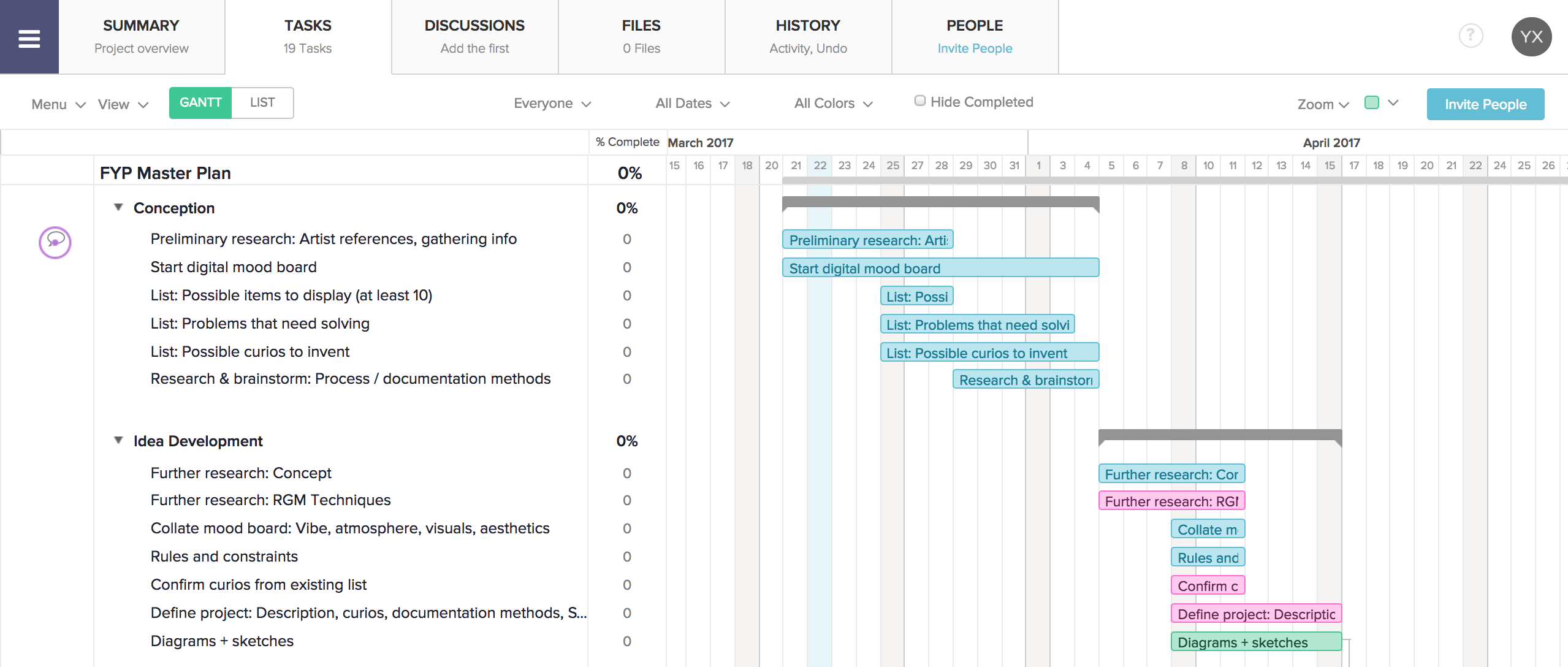
Please click here for the master plan 🙂



